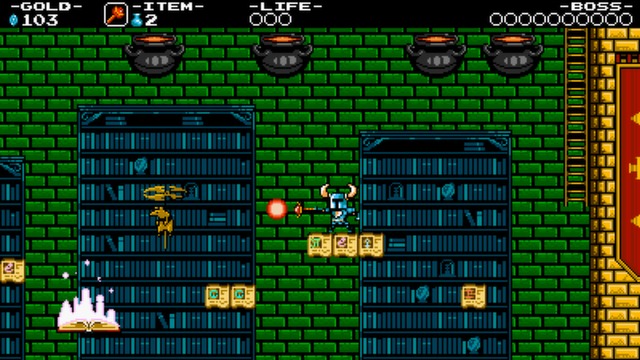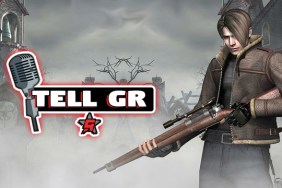Old-skool gaming for a modern world… can you dig it?
There's a lot to be said for today's games. Beautiful and lush, the technological capabilities rival anything that Hollywood can produce. With the potential to captivate the player in a deep, stirring storyline or to provide players heart-pounding action from the opening screen, a wide swath of gaming possibility exists bound only by…
-
Retro graphics rendering feels like an old-skool NES game.
-
Homages to classic gaming found everywhere.
-
Never feels like a clone of any other game though.
-
Level design is challenging but never unfair.
-
Levels feel fresh throughout the game, never stale.
-
Kickin' chiptune soundtrack
-
Definite sense of humor.
-
Boss battles are unpredictable but not impossible.
-
If you're looking for something to criticize, this game makes it hard to do, so I suppose that could be negative?









